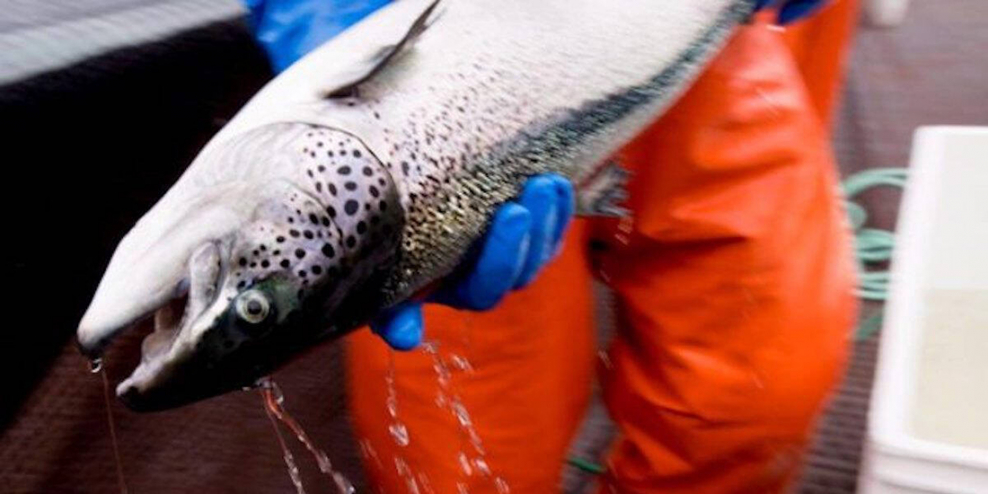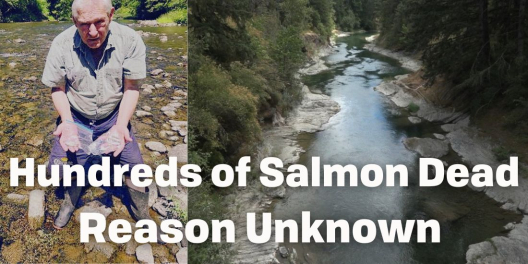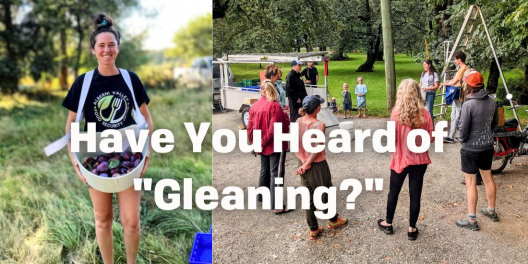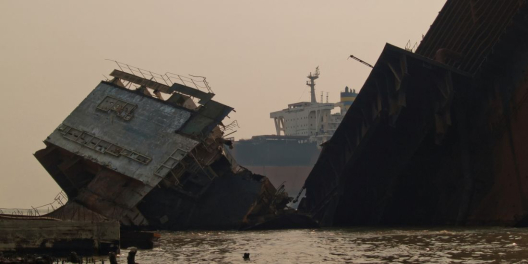You hear a lot these days about the growing aquaculture sector. Folks claim things like fish farms are the answer to food scarcity issues caused by climate change, overfishing, and other factors.
A couple of UBC academics decided to unpack this notion and get to the root of aquaculture. Their findings could be surprising to many.
“Using aquaculture production data from 1950 to 2018 and calculating the average growth rate for most farmed seafood species and countries around the world, we found this growth has already peaked in 1996, at 14 percent, and is now in decline,” said Dr. Rashid Sumaila in an interview for the UBC News.
Dr. Sumaila co-authored the study with Dr. Muhammed Oyinlola, a postdoctoral fellow in the UBC Department of Zoology.
So aquaculture isn’t growing anymore. So what? Why is that important?
Well, we’d need more aquaculture to feed the people who depend on food like wild fish. A lot more.
And it’s Atlantic salmon that slowed down the most. The industry was growing around 314 percent before 1970. But growth in 2018 was only 0.9 percent. So aquaculture production is still growing, but at a fraction of the rate from 50 years ago.
Shellfish farming is also slowing down globally.
“We were surprised … because shellfish don’t require feeding with fish meal, so there are technically fewer barriers for farming shellfish than finfish,” said Dr, Oyinlola.
But the aquaculture industry just isn’t growing like it used to. We’ve maxed out our technology. Experiments in other countries that put lots of fish farms close together saw an explosion in disease and fish death.
The ocean and big inland seas are just better at supporting lots of fish than aquaculture.
What does all this mean?
Both researchers believe that leaning too hard on aquaculture will mean less focus on rebuilding wild fish stocks and protecting marine habitat.
And people all over the world need those wild fish. Especially if we’ve maxed out the farmed ones.
Leaning on aquaculture could also place most of the industry into the hands of a few small corporate bigwigs. That could make it harder for folks to get farmed fish.
We know we love our seafood. But we have a surf’n’turf kind of diet. For people in places like Cambodia, fish are the main source of protein. And if their wild fish stocks collapse like the cod collapsed off Newfoundland, we’d have a harder time farming enough fish to replace them.
Sure, Cambodia feels far away. But so are most of the world’s seafood farms.
According to the UBC study, China produces 60 percent of the world’s farmed seafood. Overall, Asia produces 90 percent.
Our handful of fish farms are a drop in the bucket.
We also share something in common with folks in Cambodia. Up until recently, if we wanted fish, we could just go out and catch it. But pollution, dams, and habitat loss took a toll on wild fish.
Now, we’re more likely to get our fish from the grocery store.
“If you have money, you can afford to buy farmed seafood, but what if you don’t? I would love for fish farming to feed everyone perfectly but it’s not a reality,” said Dr. Sumaila.
We need wild fish. That means folks in Port Hardy and folks in Phnom Penh.
“Aquaculture has a role to play but we shouldn’t give up on our wild fish, and that means rebuilding and conserving them. We need aquaculture, we just need to manage it wisely, and not oversell its potential.”









